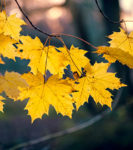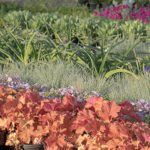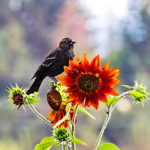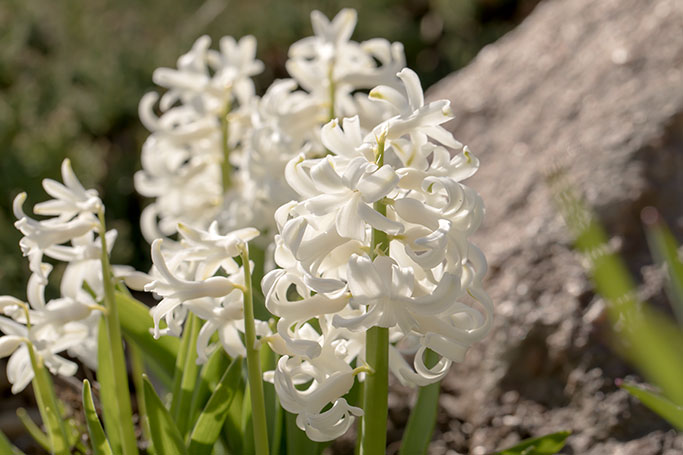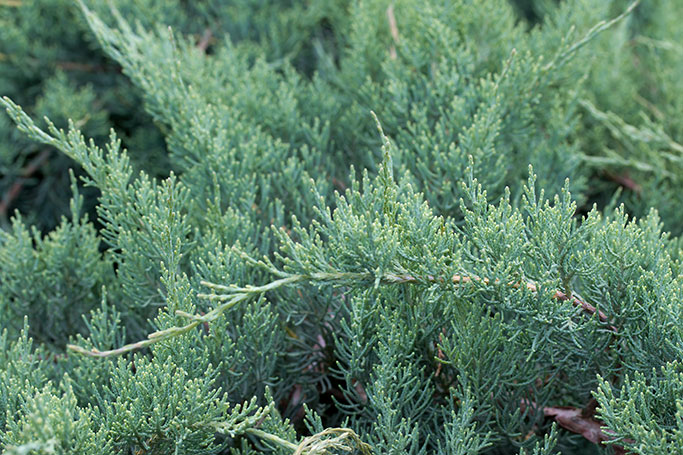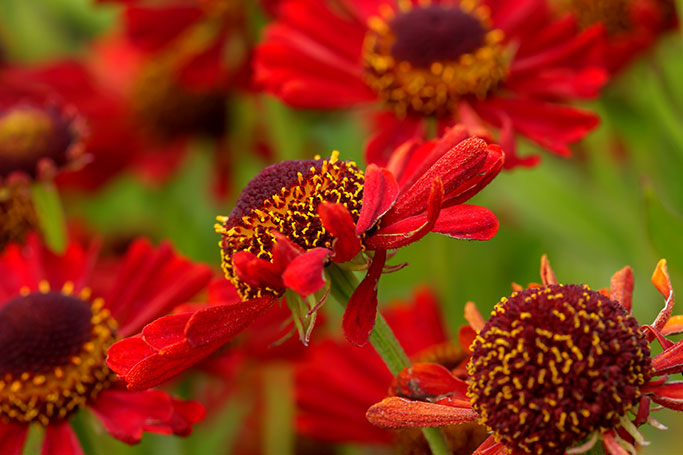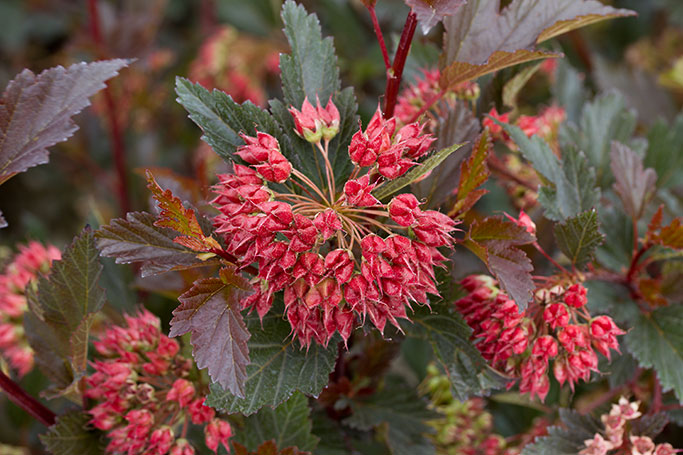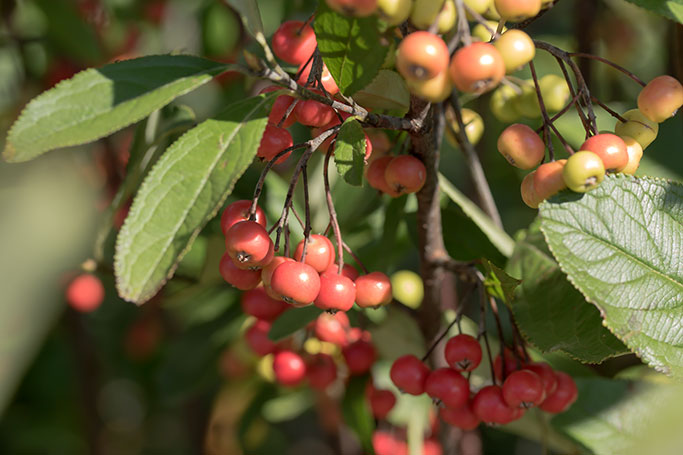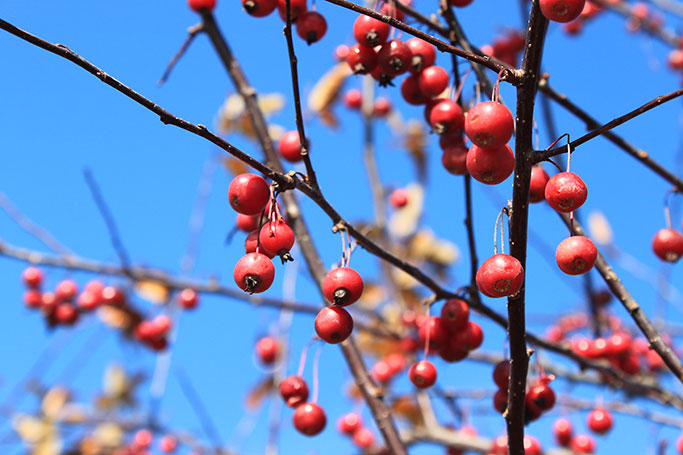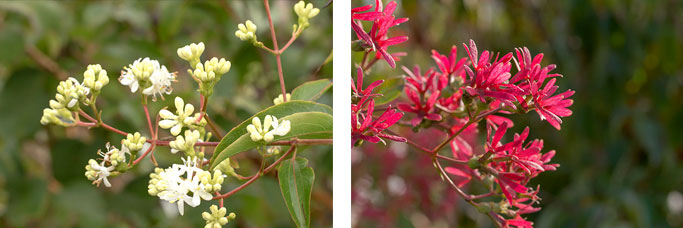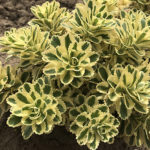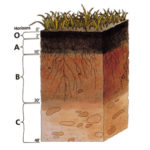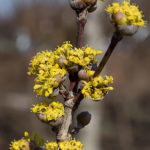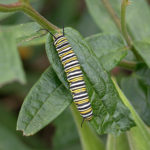When I was a kid, my older brother taught me how to play chess. When you’re eight years old, it seems like such a simple, fun game to play: cool looking pieces, each piece goes in a bunch of different directions, and everyone loves to take out an opponent's piece, or better yet, beat your older brother.
My brother, being a good teacher, knew how to put me in my place when I got cocky. I’d smile and laugh and say stuff like “Oooooo I got you! Didn’t see that coming, did you?” And that is when I learned just how much strategy is involved with the game. Sure, I got his pawn or bishop, but he was planning his moves well in advance, predicting what move that I would make next. A few more moves, and he was saying "CHECKMATE", turning my cockiness to a mixture of frustration, shock, and awe. I would be thinking “How did he do that?”, “What did I do wrong?”, and the most popular... “What the $#@* happened?”

My brother and I played at least once a week, until he joined the Army right out of high school. I taught a few of my friends the game, but I haven’t played in a long time. I miss it! But consider this: all of us play chess, if you look at it as the strategy you employ every day. You are "playing chess" on both Personal and Business boards. Let me explain.
Some "Personal" chess board examples might be:
- “What to wear to work”: Your opponent on the board is Momma Nature, and today she’s deployed a pawn that represents a cold and rainy day. So you counter her move with your pawn that represents a sweatshirt, coat, jeans, hat, and rain gear.
- "When to pay your bills”: If you aren't that guy who pays them the moment they hit your mailbox, you plan a week a month prior, depending on your pay periods, hence setting up your strategy well in advance to counter “Bill’s” move.
- "Planning a family vacation": Booking a complete vacation takes more than a single day. You have to counter all kinds of pieces that can be played against you, like bills, medical occurrences, surprise auto repairs, cancelled flights, etc., while also saving up money to finance the trip. Bigger challenge, but winnable.

The “Business" chess board can be even more difficult because you need this board to help you win on your personal board. Daily pawn pieces on your average business day can be:
- Call-ins from employees
- A blown out tire on a truck
- Lawnmower down for the count
- Rain day washout, etc.
Moves that require more strategy may be:
- Scheduling upcoming booked projects for the week or month
- Vehicle maintenance
- Scheduled employee time off
- Paying the bills
- Monitoring monthly payroll
- Scheduling time for your own meetings, appointments, and so on.
Oh, and keep in mind that you ALSO have to keep playing the daily pieces as well. Then there’s the long term strategy, which may include yearly profitability reports, seasonal tasks like fall cleanups and winter snow removal, future employee recruitment, business expansion, continual project bookings, and, well - you get the picture.
Yes, long term forecasting and figuring out strategies to compete can be overwhelming, but fortunately you have pieces on your board that are more than pawns. You may have the same pieces as your opponent, but it’ll depend on how you play them to take the advantage.
Let’s say a pawn is played on a current project that has a potential setback. In that sense, you play a rook or a bishop, maybe we’ll label them crew leaders, to deal with that pawn safely and effectively, and the project continues on without interruption.

The queen piece could be classified as upper management, exceptional decision makers or problem solvers. This is considered to be the most dangerous piece to play, because it can do almost anything that it wants. It will be played against you, but you can play it back as well, just be smart.
As for the knight piece, it’s that wild card that you usually don’t see coming. It doesn’t move far, but can make an easy encounter more complicated. Every situation, company, or personal endeavor has a knight, so always be aware. Here’s an example: You stop to pick up material, and your credit card is mysteriously declined. So you call the bank to see what’s going on, and it turns out their server crashed the night prior, on a holiday weekend, and won’t be fixed until Monday. Yep, there’s the knight that was played against you! Fortunately, you have a second account from some other financial institution, but there’s not enough in checking. But, they have immediate online capability, so you push a few buttons, switch some funds around, and all is right in your world again. There’s your knight piece!

Always keep in mind that regardless of what board you are playing, your priority is to protect your king piece, which can represent your self, your business, or your family. It moves incredibly slowly, but it can be moved in any direction. And if your game is played VERY well, you’ll never have to move it because you have everything under control. But, if your king is ever taken out, your game is over. In business, maybe you’ll lose the first game, but most of the time you can start another. And, keep in mind, you’ll have more experience, so you’ll be better prepared for your next figurative opponent.
If anyone asks if you play chess, you can honestly reply “Yes, I play every day”, but it may not be the way that they’re thinking. And with that being said, you can look at that as already having an advantage before a game has begun.




